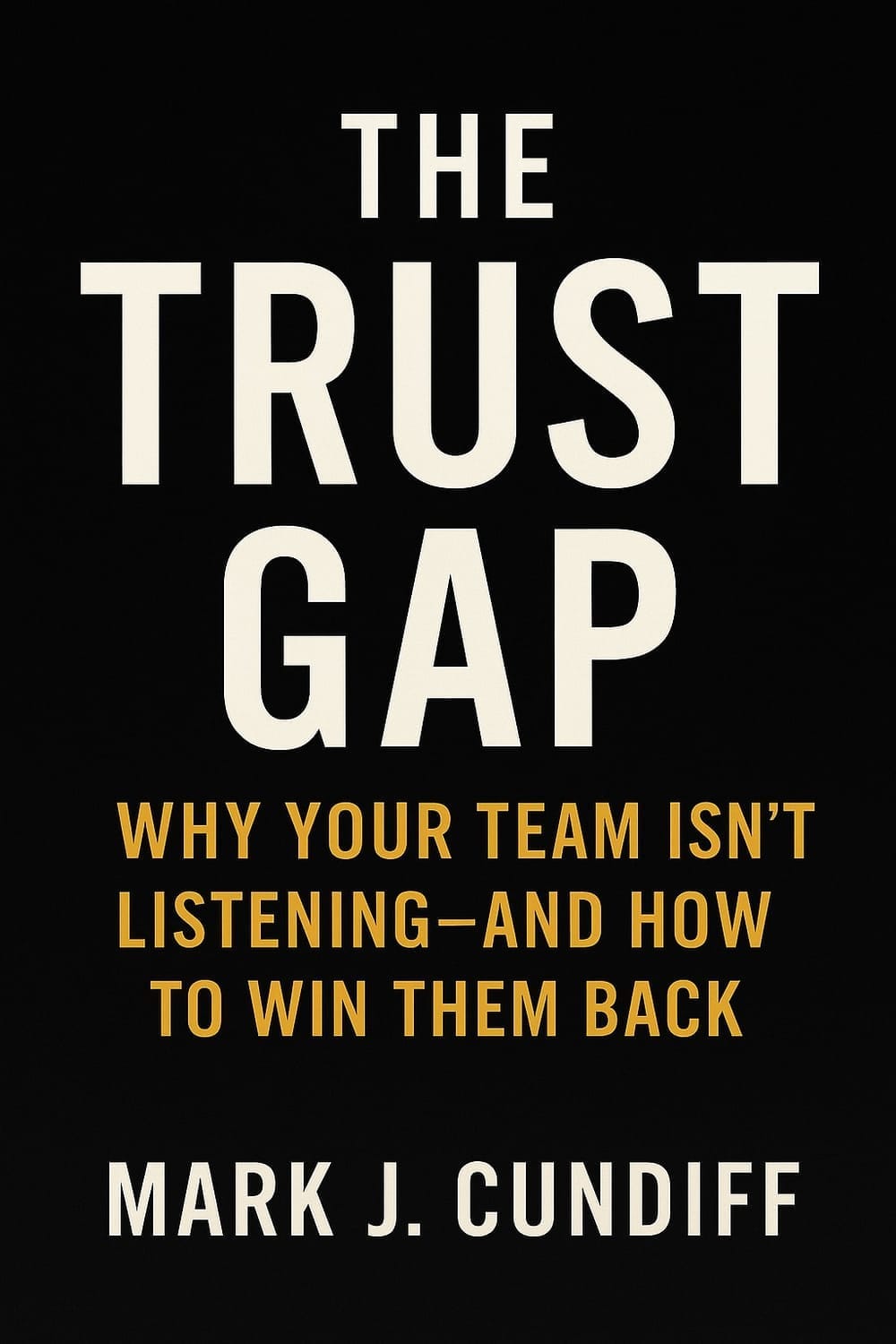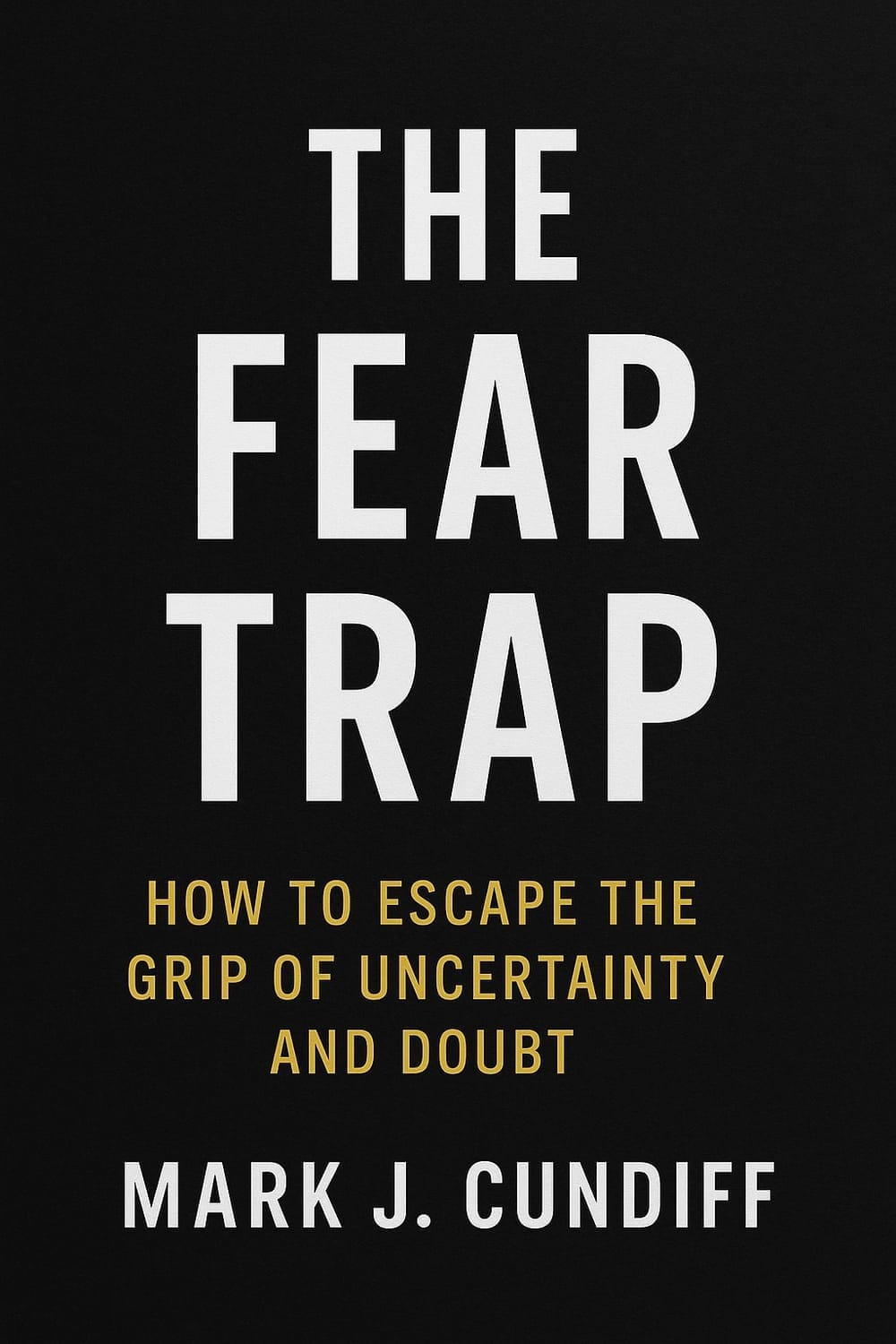The 5 Pillars of Trust Rebuilding: From Broken to Unbreakable
Six months after Jake's departure, Sarah was a different leader.
Not because she'd read a magic formula or attended a transformational workshop. She was different because she'd done the work—the daily, unglamorous work of rebuilding trust one interaction at a time.
It started with a decision: instead of trying to manage around the trust problem, she would master trust itself.
The breakthrough came when she stopped asking, "How do I get them to trust me?" and started asking, "How do I become someone worthy of their trust?"
Stephen M.R. Covey captures this shift perfectly: "We judge ourselves by our intentions and others by their behavior." Sarah realized she'd been leading with good intentions but inconsistent behavior. Her team couldn't see her heart—they could only see her actions.
The turnaround wasn't immediate. Trust, once broken, doesn't repair on your timeline. But when she committed to showing up differently every single day, something remarkable happened.
Her team started leaning in instead of checking out.
The Foundation: It Starts With You
Before you can expect others to trust you, you need to be someone you can trust. This isn't about perfection—it's about integrity.
Covey defines integrity this way: "A person has integrity when there is no gap between intent and behavior... when they are whole, seamless, the same—inside and out."
Here's what this looks like in practice:
Keep promises to yourself first. Every morning, Sarah started asking herself three questions:
What promise did I make yesterday that I need to keep today?
What emotional state am I bringing to my team?
Where might my assumptions be wrong?
Build emotional resilience. Your team gets the version of you that shows up, not the version you intend to be. Self-care isn't selfish—it's strategic. Your emotional state affects your team's sense of safety.
Develop radical self-awareness. Dr. Henry Cloud reminds us: "The person you have to lead most is the one in the mirror." If you can't depend on yourself, why should anyone else?
Pillar 1: Create Radical Transparency
Transparency isn't about oversharing—it's about honest sharing. Your team doesn't need to know everything, but they need to know they're not being misled.
Sarah discovered that her attempts to "protect" her team by filtering information had actually created suspicion. When she started explaining her decision-making process, everything changed.
The Transparency Framework:
Share the Why. Instead of: "We're restructuring the team for efficiency." Try: "I've decided to restructure because our current setup is creating bottlenecks in client delivery. Here's what I'm thinking and why..."
Admit the Unknowns. Instead of: "Trust me on this one." Try: "I can't share all the details yet, but here's what I can tell you about the direction we're heading..."
Own the Mistakes. When you mess up, address it directly. Covey notes: "In a high-trust relationship, you can say the wrong thing and people will still get your meaning. In a low-trust relationship, you can be very precise and still be misunderstood."
Transparency lays the foundation for relationships that make all other communication more effective.
Pillar 2: Master Emotional Intelligence
EQ isn't a soft skill—it's the delivery system for everything else you do as a leader.
Cloud writes: "You can trust someone when you feel their motive is for you, not just for themselves." But if your team can't feel your care, your competence won't matter.
The Four EQ Cornerstones:
Self-Awareness: Understanding your emotional patterns and triggers
Self-Regulation: Managing your responses, especially under pressure
Empathy: Reading and responding to others' emotional needs
Social Skills: Navigating relationships with intentionality
EQ in Action:
When someone brings you a problem, listen for the emotion behind the words
Before responding to frustrating news, pause and choose your reaction
Ask questions that show you care about the person, not just the outcome
Notice when your energy affects the room's energy
The game-changer question Sarah learned to ask in every interaction: "What does this person need from me right now?" Sometimes it was clarity. Sometimes encouragement.
Sometimes just to feel heard.
Pillar 3: Build Consistent Systems
Trust isn't built in moments of crisis—it's built in the rhythm of everyday interactions.
Covey reminds us: "One of the fastest ways to restore trust is to make and keep commitments—even very small commitments—to ourselves and to others."
The Consistency Framework:
Regular Touchpoints: Weekly one-on-ones that never get canceled
Predictable Communication: Updates that happen when you say they will
Reliable Responses: Emotional patterns your team can count on
Sarah's Trust Rhythm:
Monday morning check-ins (5 minutes, no agenda)
Wednesday team pulse (what's working, what's not)
Friday feedback (recognition and course correction)
Cloud explains: "Trust must be earned as a track record for success is built." Every kept promise, no matter how small, makes the next promise more believable.
Pillar 4: Practice Courageous Vulnerability
The fastest way to rebuild trust? Go first. Be human. Be real. Be accountable.
This doesn't mean emotional dumping or oversharing personal problems. It means modeling the behavior you want to see.
Vulnerability That Builds Trust:
Admitting when you don't know something
Asking for feedback and actually using it
Sharing your own learning journey
Acknowledging when someone else's idea is better than yours
The Vulnerability Script: Sarah started team meetings with three sentences:
"Here's what I'm learning about leadership right now..."
"Here's where I think I can improve..."
"Here's what I need from you to help me lead better..."
Covey notes: "The reality is that everybody makes mistakes. The issue isn't whether you will make them—it's what you will do about them."
When leaders model accountability, teams feel safer to be honest about their own challenges.
Pillar 5: Create Psychological Safety
Individual trust-building is just the beginning. The real transformation happens when trust becomes cultural—when the entire team operates from a foundation of safety and honesty.
Amy Edmondson's research shows that psychological safety—the belief that you can speak up without risk of punishment or humiliation—is the foundation of high-performing teams.
How to Build It:
Make Failure a Learning Event.
Instead of "What went wrong?" ask "What did we learn?" Instead of blame, focus on systems and processes. Celebrate intelligent risks, even when they don't work out.
Invite Dissent. Ask "What are we not seeing?" Reward people who respectfully challenge your ideas. Make disagreement normal, not threatening.
Model Vulnerability. Share your learning edges. Admit when you've changed your mind. Ask for feedback regularly and publicly.
The 30-Day Trust Sprint
Ready to put this into practice? Here's a practical 30-day plan:
Week 1: Foundation Building
Have a one-on-one with each team member (ask: "What do you need from me to do your best work?")
Admit one mistake and share what you learned from it
Start each day by keeping one small promise to yourself
Week 2: Transparency Implementation
Explain the reasoning behind your next three decisions
Share one thing you don't know but are working to figure out
Ask your team: "What questions do you have that I haven't answered?"
Week 3: Emotional Intelligence Focus
Practice the 6-second pause before responding to frustrating news
Ask follow-up questions in every conversation
Notice and acknowledge someone's emotional state before diving into business
Week 4: Consistency and Vulnerability
Keep every meeting commitment, no matter how small
Ask for specific feedback: "What's one thing I could do differently?"
Share something you're struggling with as a leader.
The Compound Effect
Here's what happens when you commit to this work: trust becomes your multiplier.
When trust is high, everything accelerates—decision-making, innovation, execution, and results. People feel safe to propose bold ideas. "Failure" becomes a catalyst for learning instead of blame. Follow-through happens naturally instead of through oversight.
Most importantly, your team starts bringing their best selves to work instead of just showing up.
Your Choice
You have two options: continue leading the way you always have, hoping good intentions will eventually create the culture you want, or commit to becoming a leader people choose to follow because they trust where you're taking them.
The second path isn't easier, but it's worth it. The leaders who invest in trust don't just get better results—they create environments that enable people to become the best versions of themselves.
Your next conversation is an opportunity to build trust. Take it.
Next in this series: "When Trust Becomes Contagious: How to Create a Multiplication Effect That Transforms Your Entire Organization."
Join over 3,900 Fellow Leaders reading The Learning To Lead Newsletter each week!
Recent Articles

Join over 3,900 Fellow Leaders reading The Learning To Lead Newsletter each week!
©2025 Learning To Lead | Helping Good Leaders Become Great Leaders


